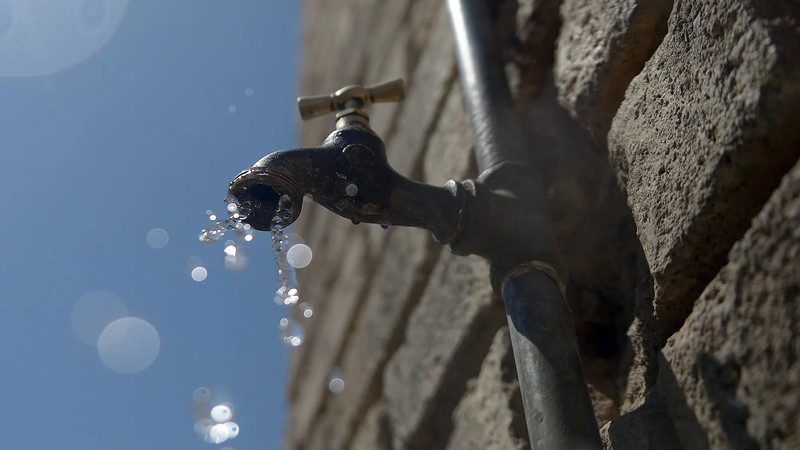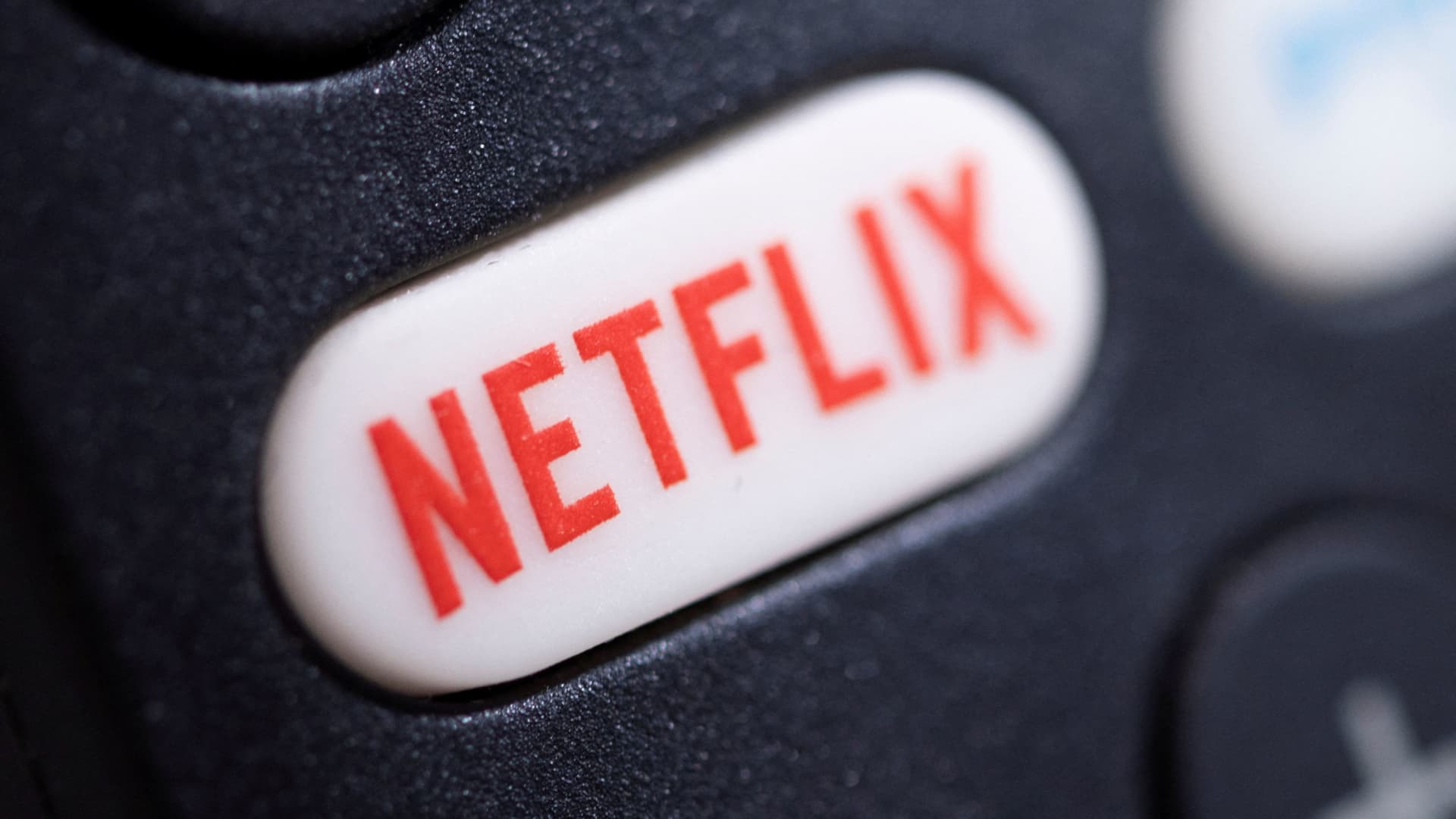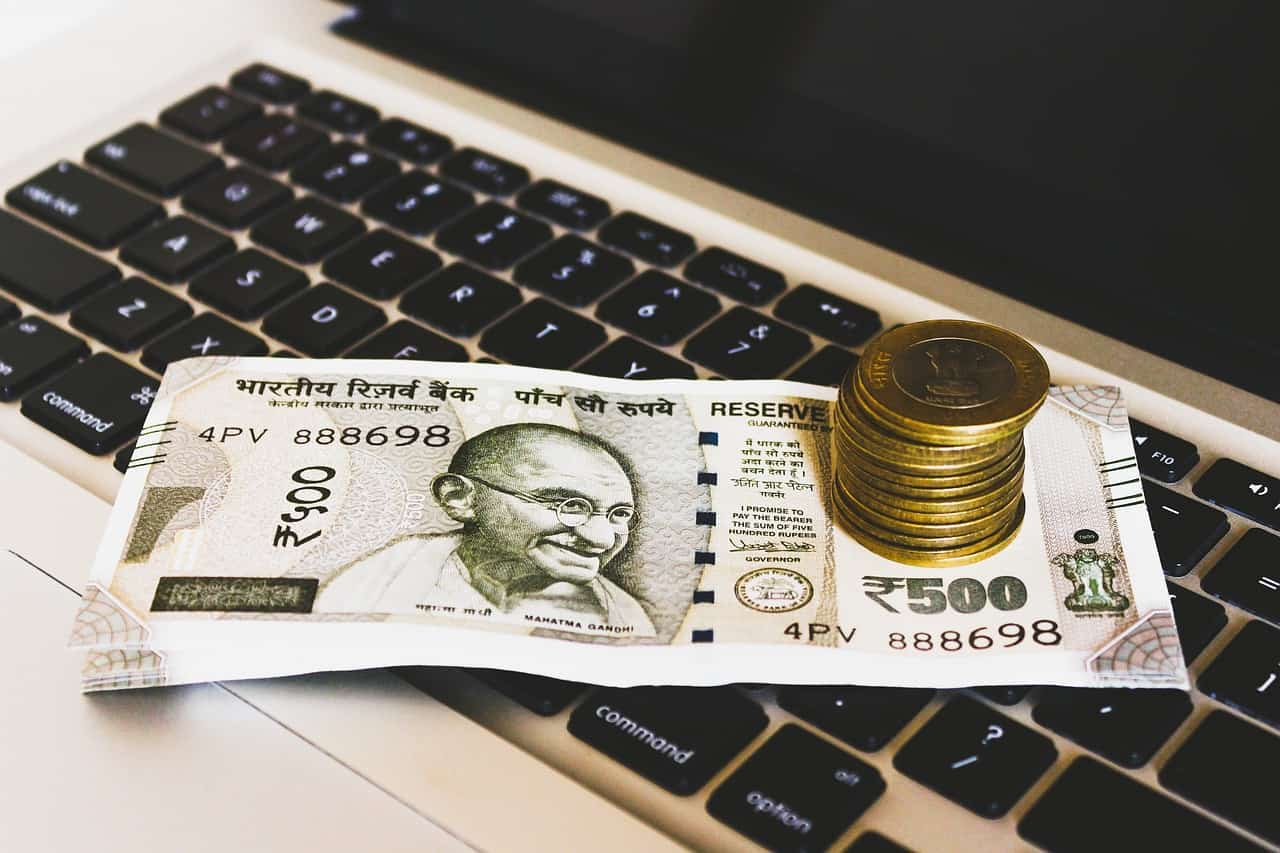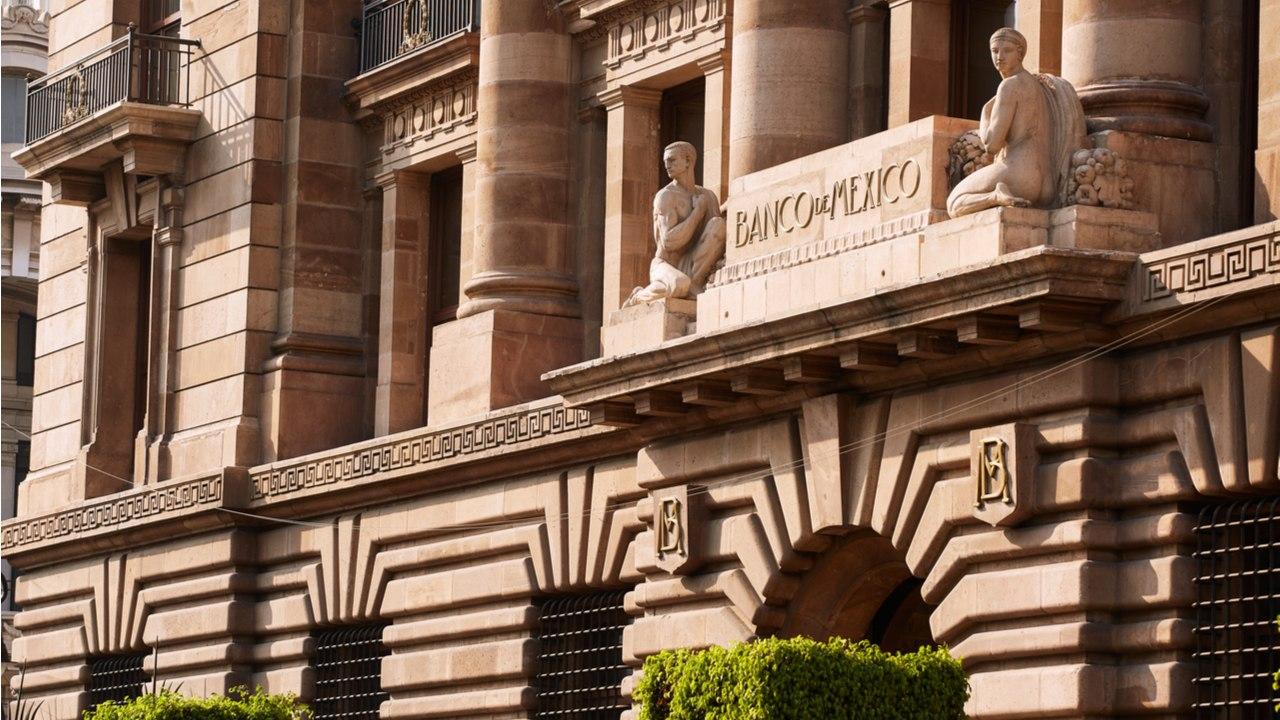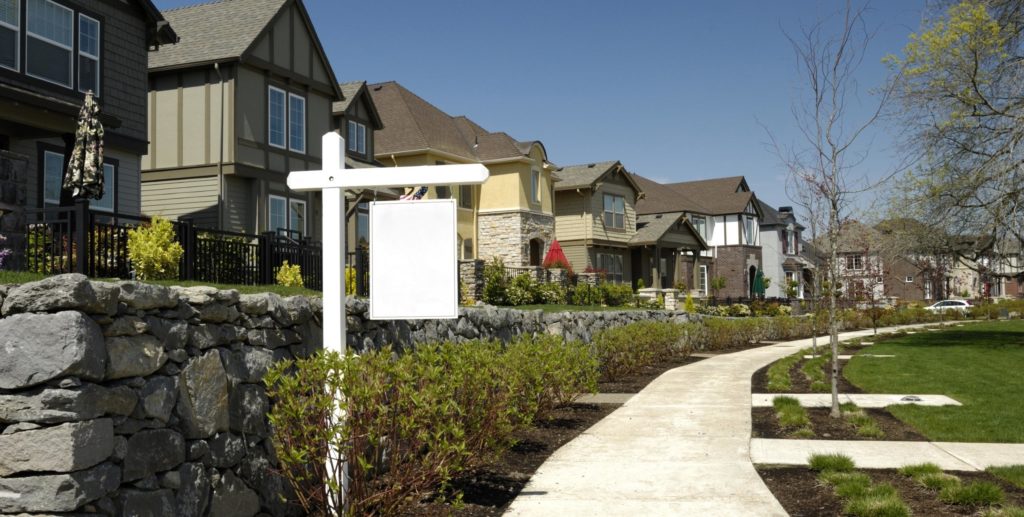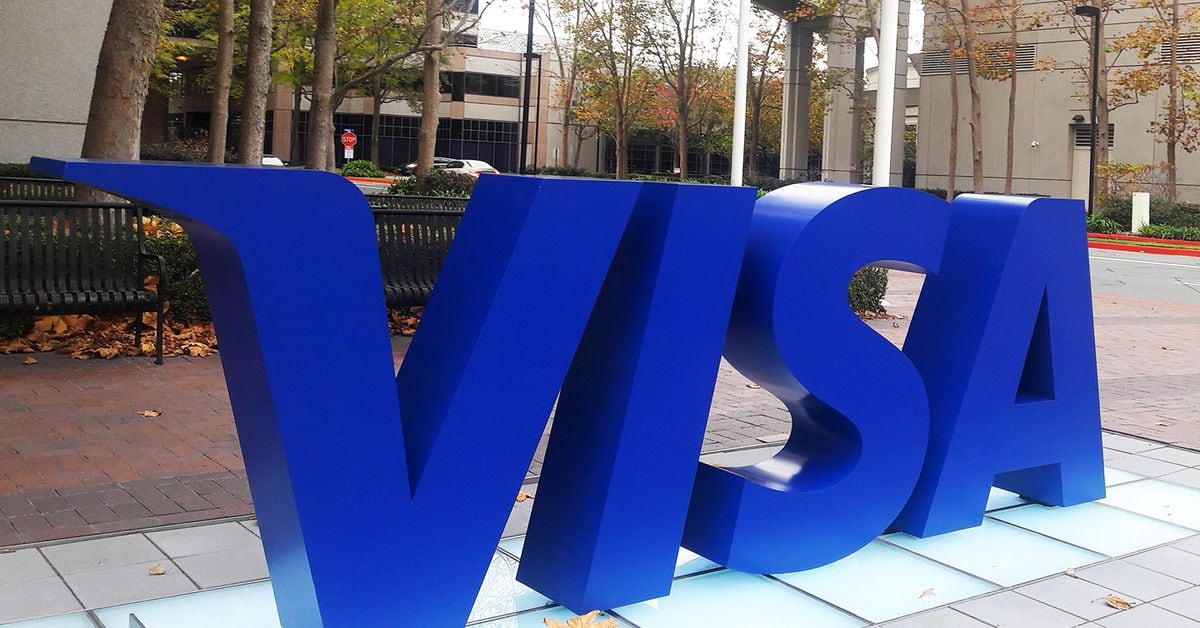Sunday, Oct. 29, 2023 | 2 a.m.
CNN anchor Sara Sidner was live on air from the West Bank when she was confronted by an angry pro-Palestine protester. He walked up to her quickly — getting within a couple of inches of her face — before yelling: “You are not welcome here, genocide supporters. … F— CNN.”
While Sidner remained calm during the encounter, watching the scene unfold was quite disturbing. Since Hamas attacked Israel on Oct. 7, at least 23 journalists have been killed covering the recent outbreak of violence. Three other journalists are unaccounted for.
Sidner and her crew were fortunate not to be harmed, but that doesn’t mean they are safe.
As images from the war make clear, in Israel and the occupied territories right now, there is no such thing as safe.
Not for children. Not for the elderly. Not even for those already ailing in the hospital.
According to The Washington Post, photojournalist Muhammad Sobh was wearing a flak jacket, helmet and other protective gear when the building in which he and a colleague, Hisham al-Nawajah, were sheltering was hit by a bomb. They were both killed.
There’s a folksy saying in journalism: If one person says it’s raining and another says it’s not, a reporter’s job is not to quote them both but to look out the window and see whether it’s raining. Sometimes “going to the window” places journalists in harm’s way. How else would the world learn what’s going on?
The purpose of journalism hasn’t changed, but the reactions of politicians and the public are unrecognizable from the Walter Cronkite era.
During his first campaign for president, Donald Trump vilified journalists for his own political gain and whipped up supporters to harass them, dealing new damage to the already fractured trust between the electorate and the free press.
But journalists are not an enemy of the state. In the U.S., the press is even enshrined in the Constitution as essential infrastructure to keep the state accountable.
Unfortunately, a lot of factors are stacking up against that free press idea. Not only mortal risk in war zones that could deter reporting. Not just eroding trust here in the U.S. One of the biggest threats is simply math.
Calculated business decisions lead to consolidation of ownership, budget cuts and ultimately closing a lot of newsrooms. The relationship between journalism and corporate media owners is increasingly similar to Silicon Valley “cash out” dynamics. Legacy newspapers and networks are being treated like startups whose purpose is to generate revenue in a portfolio. When the cuts happen, they are driven by bottom lines, not by what the community needs.
When local news sources die off, there is an increase in polarization and a decrease in civic engagement, including voter turnout. The U.S. lost more than 360 newspapers during the COVID-19 pandemic. Since 2005, the toll has been 25% of the nation’s papers, according to a Northwestern University study, leaving roughly 70 million residents in a local news desert and countless journalists out of work.
A lot of Americans may welcome that decline in newsgathering. But many of those people — including Trump — probably don’t like it when journalists tell the public the truth. When journalism is at its best, brave reporters have exposed corruption in city halls and threats to public health. Journalism can even contribute to ending a war, as was the case in Vietnam.
And in the middle of this are reporters risking their lives so that we may all have a better understanding of an increasingly maddening world. Some, like Motaz Azaiza, do even more. After an Israeli strike into Gaza, Azaiza can be seen in a vehicle holding two crying babies covered in blood. He said they were injured and given to him presumably to get them to safety.
But there is no safety.
“Journalists in Gaza face particularly high risks as they try to cover the conflict,” the Committee to Protect Journalists stated.
In 2018, Yaser Murtaja was fatally shot while covering protests in Gaza. He reportedly was wearing a flak jacket with “press” on it. One week ago, an Israeli airstrike took the life of Roshdi Sarraj, also a Palestinian journalist, in Gaza City.
Reporters covering war shine a spotlight on the worst acts that humans can commit. The accounts that they publish can inform the public and, in turn, influence leaders making decisions that affect millions.
The everyday work of reporters and photographers in the relative safety of the United States may not have the same stakes, but the framers knew it was a matter of life and death for the republic.
At home and abroad, journalists can’t always be protected. However, times of war remind us that journalism needs to be.
LZ Granderson is a columnist for the Los Angeles Times.



